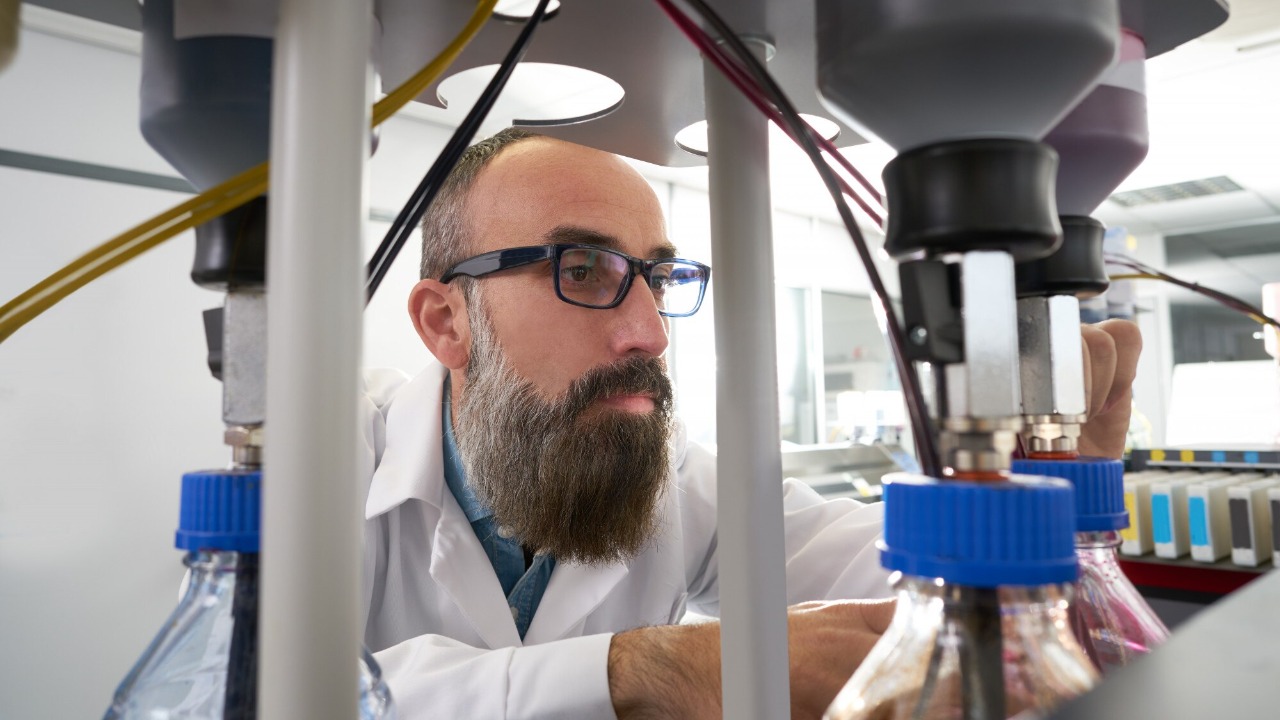
In a groundbreaking development, scientists have harnessed the power of water and pressure within nanoporous silicon to generate electricity. This innovative approach, which relies solely on the friction between water and silicon, has the potential to revolutionize the way we produce and consume energy.
The Mechanism of Friction-Based Generation
The process of generating electricity through this method is fascinating. The nanoporous silicon interacts with water, creating friction that results in the production of electricity. The pressure inside the silicon pores plays a crucial role in this process, facilitating the flow of electrons from the water-silicon contact. This is a significant departure from traditional methods of electricity generation, which often require external inputs such as light or fuel.
The basic setup for this process involves the flow of water through porous structures. As the water moves, it interacts with the silicon, generating an electrical output. This is a simple yet effective method of harnessing the power of water, a readily available and renewable resource, to produce electricity. The 2025 report provides a detailed explanation of this process.
Historical Context of Water-Based Electricity
The concept of using water to generate electricity is not new. A 2020 study demonstrated the viability of water splitting in a hydroelectric cell as an alternative to traditional solar and fuel cells. This study laid the groundwork for the current research, showing that water can be used as an energy carrier.
The 2020 publication positioned hydroelectric cells as a viable alternative to solar cells, highlighting the potential of water-based electricity generation. The study emphasized the role of water splitting as a core reaction in the design of early hydroelectric cells, a concept that has been further developed in the current research.
Key Innovations in Silicon Pore Technology
The 2025 report highlights the nanoporous structure of silicon as a key factor in efficient energy conversion. The pores in the silicon provide a surface for the water to interact with, generating friction and subsequently electricity. This is a significant innovation in the field of energy production, demonstrating the potential of silicon as a material for electricity generation.
Water serves as an energy carrier in this process, interacting with the silicon to produce electricity. This eliminates the need for external fuels or light sources, making the process more sustainable and environmentally friendly. The 2025 report provides further details on this process.
Comparisons to Traditional Energy Cells
When compared to traditional energy cells, the friction-based silicon approach has several advantages. Unlike solar cells, which require sunlight to function, this method can generate electricity using only water and pressure. This makes it a more reliable and consistent source of energy, as it is not dependent on weather conditions.
The 2020 study positioned hydroelectric cells as an alternative to fuel cells, highlighting the potential of water-based electricity generation. This method also has advantages over fuel cells, which often require complex electrolytes to function. In contrast, the friction-based silicon approach uses only water and pressure, making it simpler and more efficient. The 2020 study provides further insights into these comparisons.
Potential Applications and Scalability
The friction-based silicon approach has a wide range of potential applications. For example, it could be used to power portable devices, with water flowing through silicon pores to generate electricity. This would provide a renewable and sustainable source of energy for these devices, reducing their environmental impact.
The process could also be scaled up for larger hydroelectric setups, building on the concept of water-splitting cells developed in the 2020 study. This would allow for the production of large amounts of electricity using only water and pressure, providing a sustainable alternative to traditional energy sources. The environmental benefits of this approach are significant, as it relies solely on water and does not produce emissions or require rare materials.
Challenges and Future Research Directions
Despite the promise of this approach, there are still challenges to overcome. The efficiency of electricity generation from friction in nanoporous silicon is not yet optimal, as indicated in the 2025 report. Further research is needed to improve this aspect of the process.
There may also be durability issues with the water-silicon interface over time. The constant friction between the water and silicon could potentially lead to wear and tear, reducing the effectiveness of the process. Ongoing research is needed to address these issues and ensure the long-term viability of this method of electricity generation.
Future research will also need to explore how this technology can be integrated with existing power grids. This will require further development of the hydroelectric cell framework outlined in the 2020 study, as well as consideration of the practical and logistical challenges of implementing this technology on a large scale.
More from MorningOverview